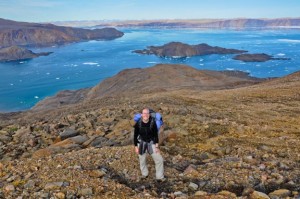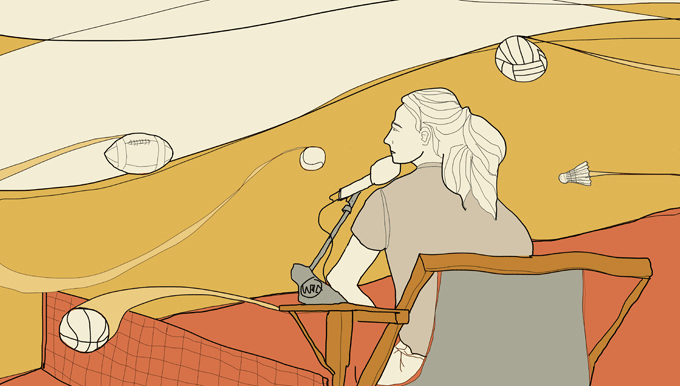Join us for our roundtable discussion on March 4th with Dr. Anne Bjorkman from he German Center for Integrative Biodiversity Research (iDiv).
Abstract: Identifying large-scale patterns in functional traits has become a hot topic in community ecology over the past decade, as understanding current biogeographical patterns can help us predict future shifts under climate warming. In the Arctic, where temperatures are warming faster than anywhere else on the planet, shifts in vegetation and associated functional traits can have direct consequences for ecosystem function. For example, increases in shrub cover could affect summer and winter soil temperatures and thus influence the depth of permafrost thaw, while specific leaf area (SLA) and leaf nitrogen concentration can influence decomposition rates, relative growth rates, photosynthetic rates, and carbon fixation, all of which in turn influence carbon cycling and net primary productivity (NPP).
As part of an international synthesis effort based at the German Centre for Integrative Biodiversity Research (“iDiv” – the German equivalent of NCEAS, or at least we like to think so), we are investigating patterns of functional traits across climate space and over time by combining a circumpolar vegetation database with a large and growing tundra plant trait database. This is very much a work in progress, so I will present some of our work so far and would love to have your feedback!


